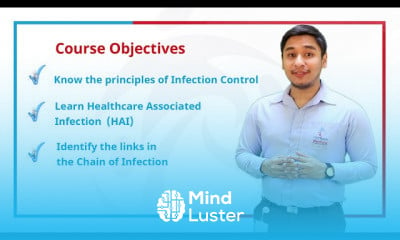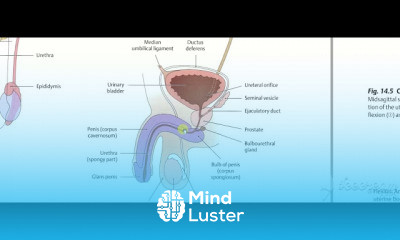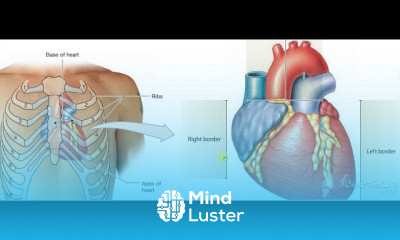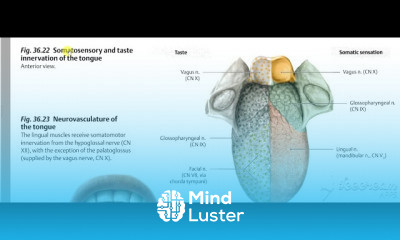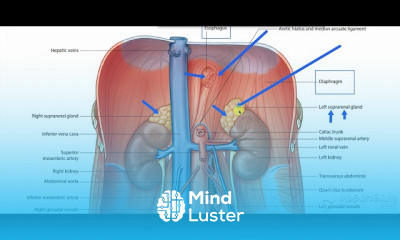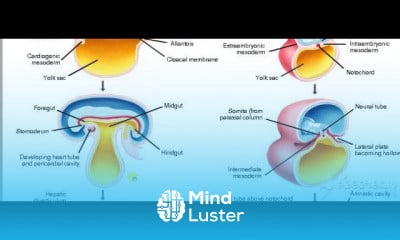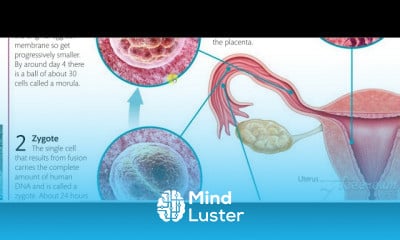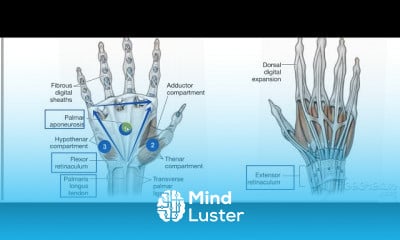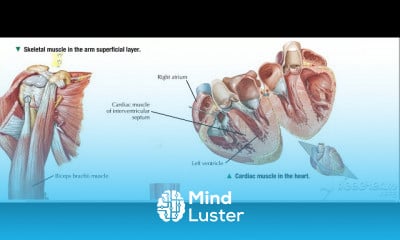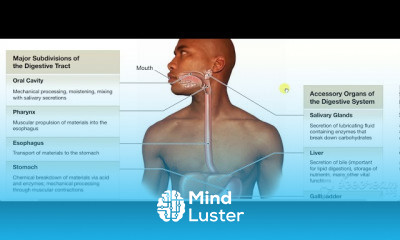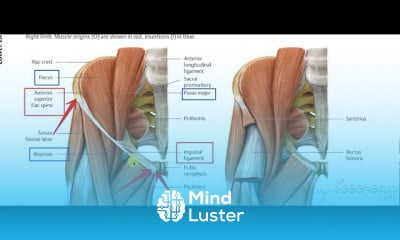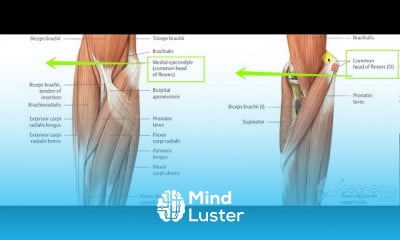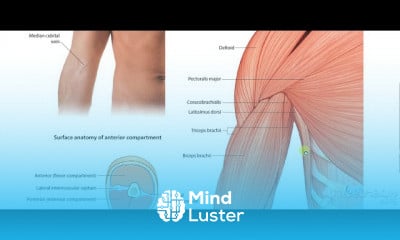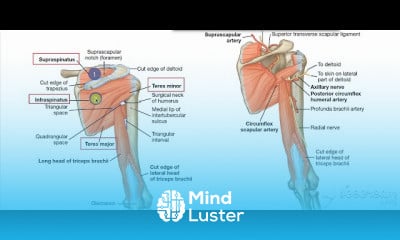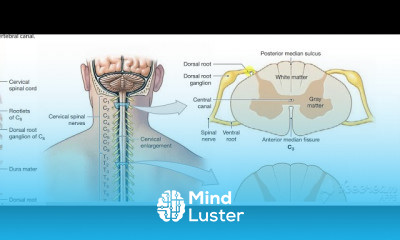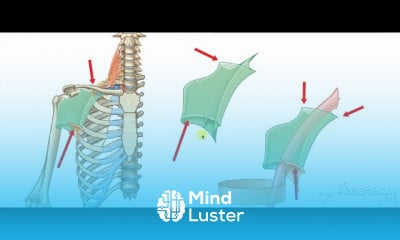Pharynx palate motor 2
Share your inquiries now with community members
Click Here
Sign up Now
Lessons List | 40
Lesson
Show More
Lessons
Comments
Related Courses in Medical
Course Description
pharynx, (Greek: “throat”) cone-shaped passageway leading from the oral and nasal cavities in the head to the esophagus and larynx. The pharynx chamber serves both respiratory and digestive functions. Thick fibres of muscle and connective tissue attach the pharynx to the base of the skull and surrounding structures. Both circular and longitudinal muscles occur in the walls of the pharynx; the circular muscles form constrictions that help push food to the esophagus and prevent air from being swallowed, while the longitudinal fibres lift the walls of the pharynx during swallowing.
The pharynx consists of three main divisions. The anterior portion is the nasal pharynx, the back section of the nasal cavity. The nasal pharynx connects to the second region, the oral pharynx, by means of a passage called an isthmus. The oral pharynx begins at the back of the mouth cavity and continues down the throat to the epiglottis, a flap of tissue that covers the air passage to the lungs and that channels food to the esophagus. Triangular-shaped recesses in the walls of this region house the palatine tonsils, two masses of lymphatic tissue prone to infection. The isthmus connecting the oral and nasal regions is extremely beneficial in humans. It allows them to breathe through either the nose or the mouth and, when medically necessary, allows food to be passed to the esophagus by nasal tubes. The third region is the laryngeal pharynx, which begins at the epiglottis and leads down to the esophagus. Its function is to regulate the passage of air to the lungs and food to the esophagus.
Two small tubes (eustachian tubes) connect the middle ears to the pharynx and allow air pressure on the eardrum to be equalized. Head colds sometimes inflame the tubes, causing earaches and hearing difficulties. Other medical afflictions associated with the pharynx include tonsillitis, cancer, and various types of throat paralyses caused by polio, diphtheria, rabies, or nervous-system injuries.
Trends
UX design career in 2025
Web Design for Beginners
Graphic Design | Photoshop
Logo Design
Accounting Finance course
Make money as a freelance designer
Web Design Using HTML CSS
Accounting
Graphic Design Basics
Logo design with circles in Illustrator
Mastering logo design in illustrator
Master graphic design techniques
Elastic Collisions in Particle Physics
Illustrator poster design for beginners
Freelance graphic design business
Illustrator 3D design for beginners
Graphic design tools in 2025
Advanced graphic design
Illustrator for logo design beginners
Setting Up illustrator for logo design
Recent
WhatsApp desktop app essentials
Twitter account removal
YouTube channel setup
PayPal account setup
iOS 14 app Library basics
Fury effect in photoshop
Install windows 10 in virtualBox
Fix touchpad in HP laptop
Fix windows 11 login problems
Laptop battery fixes
Fix windows 11 problems
Recover deleted files from windows
Add gmail in outlook In windows
Install macOS on virtualBox
Mac basics for beginners
Pine script essentials
Pine scripters network
PineConnector testing
Pine script updates
Pine script tools


